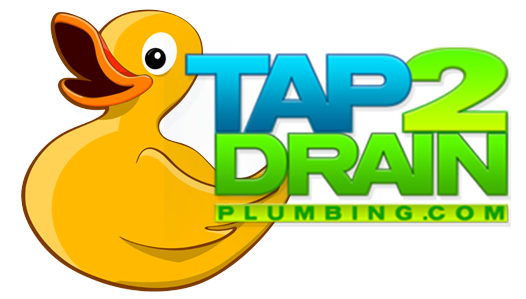Water is an essential resource, but when it infiltrates our homes unexpectedly through leaks, it can lead to significant damage and financial burdens. Water leak detection is the key to preventing such disasters, and in this comprehensive guide, we’ll explore everything you need to know about identifying, addressing, and preventing water leaks in your home.
Understanding Water Leaks
Before diving into detection methods, it’s crucial to understand what water leaks are and the potential harm they can cause. Water leaks occur when water escapes from a plumbing system or an appliance and flows into areas where it shouldn’t be. Common sources of leaks include:
Pipes: Aging or damaged pipes are a leading cause of water leaks. Over time, corrosion and wear can weaken pipes, leading to cracks and holes.
Appliances: Dishwashers, washing machines, and water heaters can develop leaks in their hoses or tanks, especially if they are not properly maintained.
Roof: Roof leaks can allow rainwater to seep into your home, causing damage to ceilings, walls, and insulation.
Toilets: Leaking toilets can waste a significant amount of water and may go unnoticed for extended periods.
Understanding the potential sources of leaks is the first step in prevention.
The Importance of Water Leak Detection
Water leaks can cause a myriad of problems, including:
Structural Damage: Water can weaken the structural integrity of your home, leading to costly repairs.
Mold and Mildew: Excess moisture from leaks can create ideal conditions for mold and mildew growth, which can be hazardous to your health.
High Water Bills: Unnoticed leaks can lead to skyrocketing water bills, costing you hundreds or even thousands of dollars.
Wasted Resources: Leaks waste water, a precious resource, and can contribute to water scarcity issues.
Given these risks, it’s clear that water leak detection should be a priority for homeowners.
Signs of Water Leaks
Detecting water leaks early can prevent extensive damage. Look out for these signs:
Water Spots: Discolored spots on walls, ceilings, or floors often indicate a hidden leak.
Unexplained Water Usage: A sudden increase in water consumption without an apparent reason may suggest a hidden leak.
Damp or Musty Odors: Mold and mildew often produce distinct, musty smells.
Reduced Water Pressure: A drop in water pressure can be a sign of a leak in the plumbing system.
Sounds of Running Water: If you can hear water running when no taps or appliances are in use, there may be a concealed leak.
Professional Water Leak Detection Services
For more complex issues or when you suspect a hidden leak, it’s best to call in professionals. They have access to advanced tools and techniques, including:
- Infrared Thermography
This technology can detect temperature differences caused by water leaks, making them visible.
- Acoustic Sensor
Professionals can use these sensors to listen to the sound of water escaping from pipes.
- Camera Inspections
Tiny cameras can be inserted into pipes to pinpoint the location and severity of leaks.
- Pressure Testing
By pressurizing the plumbing system, experts can identify leaks that are not visible.
- Dye Testing
A colored dye is injected into the plumbing system, and any leaks will cause the dye to appear.
Preventing Water Leaks
The best way to deal with water leaks is to prevent them in the first place. Here are some proactive measures:
Regular Maintenance: Schedule regular inspections and maintenance for your plumbing system and appliances.
Proper Insulation: Insulate pipes to prevent freezing and potential bursts during cold weather.
Monitor Water Bills: Keep an eye on your water bills for any unexpected spikes.
Install Leak Detectors: Smart leak detection systems can alert you to leaks in real time, even when you’re away from home.
Roof Maintenance: Regularly inspect and maintain your roof to prevent leaks from rain or snow.
Water Leak Detection and Environmental Responsibility
Water is a finite resource and every drop counts. Water leak detection isn’t just about protecting your home; it’s also about being environmentally responsible. By promptly fixing leaks, you help conserve water and reduce your ecological footprint.
Tap 2 Drain Plumbing
Safeguarding your home and your wallet from the perils of water leaks is not just prudent but essential. As we’ve explored in this comprehensive guide brought to you by Tap 2 Drain Plumbing, water leaks can lead to structural damage, health hazards, and skyrocketing bills. By understanding the signs, investing in professional services when necessary, and adopting proactive prevention measures, you can ensure that your home remains a safe and sustainable haven. Don’t forget that water leak detection is not only about preserving your property but also about contributing to a greener, more responsible future by conserving this precious resource. So, take the initiative today and protect your home and the environment for tomorrow.

